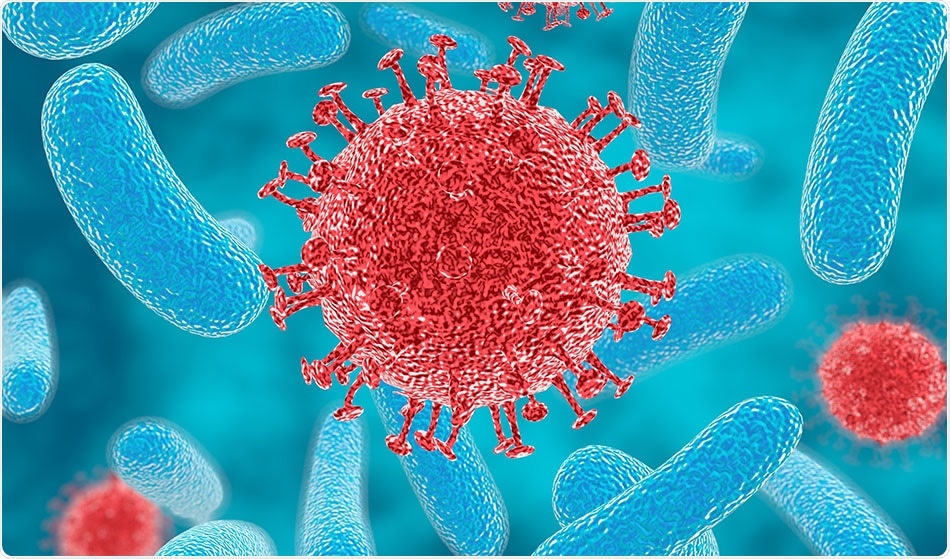A recent study published in the The Lancet Infectious Diseases, describes seven species of vaginal bacteria that may significantly increase the risk of HIV infection in women.

Credit: Illustration Forrest/Shutterstock.com
The findings, which are drawn from data collected over years in six African nations, support a growing body of evidence that the composition of the vaginal microbiome influences HIV risk.
This has particularly important implications for sub-Saharan Africa, where women account for more than one half of new HIV infections.
Senior author of the study, Dr David Fredricks from the Fred Hutchinson Cancer Research Center, says the results could improve understanding of how biological conditions can promote HIV infection, possibly leading to prevention strategies in the future.
Fredricks and team, who worked with researchers in Kenya and colleagues from the University of Washington, found that seven bacterial species were linked to an increased risk of HIV infection, with the most conspicuous being Parvimonas Type 1.
Women who carried high concentrations of this bacteria were 4.6 times more likely to acquire HIV than women who did not.
The researchers observed an association between HIV risk and the presence of Parvimonas Type 1 that was dose-dependent; the higher the concentration of the bacteria, the greater the risk of HIV infection. A similar dose-dependent response was demonstrated for three other vaginal bacterial species.
The findings add strength and precision to previous research which suggested a link between the composition of the vaginal microbiome and HIV risk: "When we see a dose-response effect, it increases our confidence that this is real," says Fredricks.
The current study is the first to demonstrate an association between the concentration of specific vaginal bacteria and HIV risk.
Most studies of the microbial communities that colonize different parts of our bodies suggest that the greater the diversity of bacterial species in those areas, the greater the health benefit.
However, previous work by Fredricks and his team suggests that the vagina is an exception. The studies showed that a wide range of vaginal microbial species increases the risk of bacterial vaginosis (BV), a condition associated with a higher risk of sexually transmitted infections.
This is supported by several other studies, which have shown a 1.5-fold increase in HIV risk among women with BV.
Epidemiologist Dr. Scott McClelland from the University of Washington and first author of the paper says that BV can be treated with antibiotics, but that this treatment is only modestly effective and that the BV recurrence rate is high.
The current findings suggest that certain bacteria involved in BV are greater contributors to HIV risk than others, and that treating those species with antibiotics may be a more effective approach to protecting women from HIV infection.
This is a paper where the heavy lifting came in several different places, starting with the field researchers. It was a huge amount of work involving teams in a dozen different sites. It is a great example of team science, with a lot of people doing fantastic work to make this come together."
Dr Scott McClelland, Lead Author of the study, and Physician and Epidemiologist at The University of Washington